The following information is also available as a downloadable leaflet: Eating out or taking out on a kidney friendly diet
If you'd like to order a hard copy please see our leaflets and booklets page.
If you haven't already signed up to hear the latest news and information from us you can do so on our sign-up page.
If you have been diagnosed with chronic kidney disease (CKD) it is important to try to eat a balanced diet in order to stay as healthy as possible. Depending on the stage of your CKD, you may need to make some changes to your diet. Kidney diet guidelines can vary for each individual so talk to your dietitian, doctor or nurse for the specific diet that is right for you and your family.
A kidney-friendly diet is generally one that limits the amount of salt, phosphate and potassium, and includes the right amount of fluids and high quality protein.

Can I still eat out if I have kidney disease?
Yes. Eating out is an enjoyable activity and is an important part of many family and social occasions. Having kidney disease does not mean you have to stop doing things you enjoy like having a meal out or ordering a takeaway.
Eating out is a special occasion and you may wish to relax your diet during this time. Some of the foods included in the ‘better choices’ sections below should be reserved for a special occasion and may not be suitable to include as part of your everyday diet. Please ask your dietitian, doctor or nurse for specific advice.
What general advice do I need to follow when eating out?
Planning
- Limit foods that are high in potassium and phosphate on the day you eat out
- If you've been prescribed phosphate binders, remember to take them with you
- If you have been advised to limit your fluid intake you may wish to drink less during the day so you can have more when eating out
- Choose a restaurant with a range of meal choices to give you more flexibility. Research online or call them so you have an idea of menu choices. Many chain restaurants provide nutritional information, either online or at the restaurant itself
When ordering
- Ask the restaurant staff about the dishes as they may be help you make adjustments to your meal. For example, not adding extra salt during cooking or swapping side dishes
- Ask for sauces and dressings on the side. This will help you to manage both your fluid and salt intake.
- Check to see if vegetables are steamed and request for them to be boiled if possible. If not, aim to choose lower-potassium vegetables
- Choose rice, pasta, noodles, couscous or bread instead of chips, roast potatoes or jacket potato to reduce your potassium intake

How can I limit how much salt I eat?
Eating out or getting a take away are special events and you may wish to relax your salt restrictions on occasion. Some of the better choices presented below are fairly high in salt but you can help to moderate your salt intake when eating out by:
- Moderating the savoury nibbles (such as crisps, olives or nuts)
- Ask for salt not to be added to your meal during cooking or preparation
- Avoid adding any extra salt to your meals. Choose foods which are already flavoured with herbs and spices
What foods are best to eat for different types of cuisines?
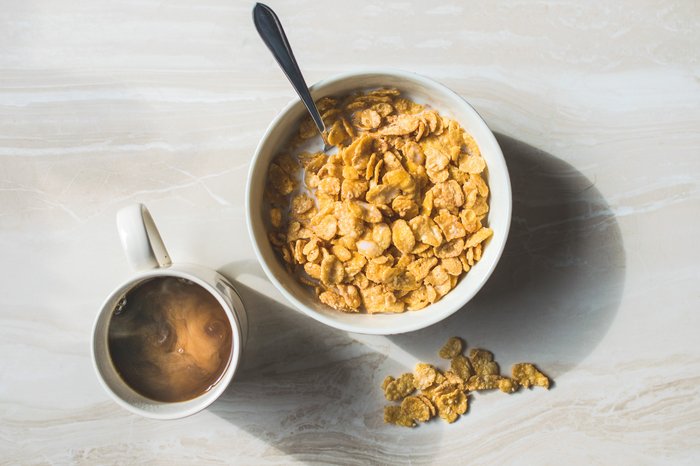
British breakfast
Better choices
- Plain cereals e.g. cornflakes, puffed rice, wheat flakes
- Porridge
- Toast
- Egg
- Muffins
- Bagels
- Crumpets
- Pancakes
- Bacon
- Sausage
Foods to limit or avoid
If you need to watch your potassium you may wish to limit:
- Granola or muesli with fruit and nuts
- Tomatoes
- Mushrooms
- Hash browns
- Chipped potatoes/waffles
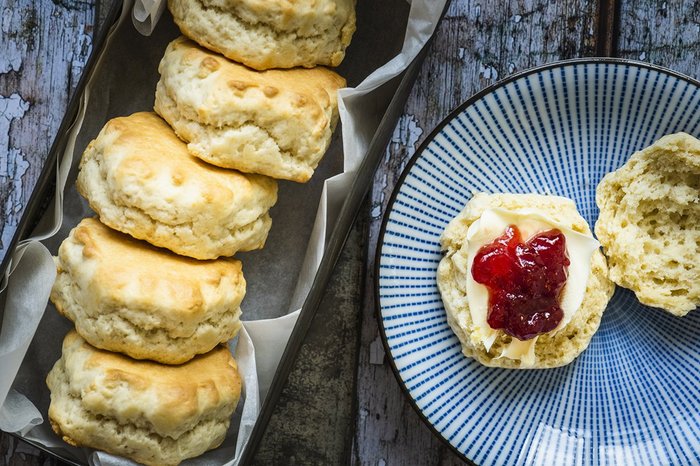
British afternoon tea/snacks
Better choices
- Sandwiches (e.g. tuna, cream cheese, cucumber, beef, pork, chicken, smoked salmon, chutney or egg)
- Mini quiche or pasties
- Plain cakes and sponges
- Scones
Foods to limit or avoid
Try to limit dishes containing:
- Dried fruit or nuts
- Chocolate
- Hard cheese
- Potato skins
- Pate
- Shellfish
as these are high in potassium and phosphate
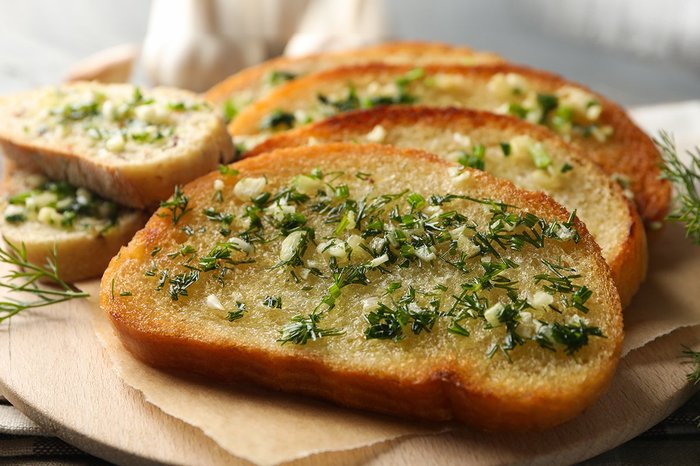
Pub Meals
Better choices
Starters such as:
- Garlic bread
- Chicken goujons
- Chicken wings
- Barbecue ribs
- Onion rings
- Olives
- Bread sticks
Mains meals that are suitable include:
- Roast meat with vegetables and boiled/mash potato
- Yorkshire pudding
- Pork pie
- Sausage roll
- Fish with boiled vegetables and rice
- Sausage and mash
- Gammon
- Shepherd’s pie
Meat free versions include:
- Cottage pie with soya mince
- Vegetarian sausages and mash
- Vegetarian toad in the hole
Foods to limit or avoid
Try to limit dishes based on:
- Mushrooms
- Shellfish
- Soups
- Chips
as these are high in potassium and phosphate. Nachos can be enjoyed however you may wish to reduce high-potassium toppings such as guacamole.
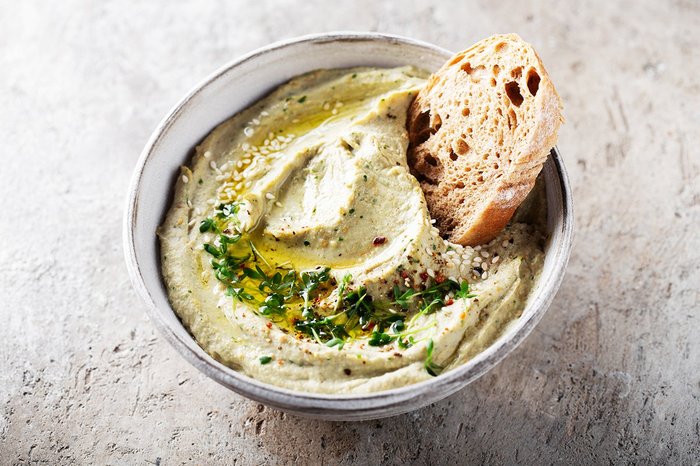
Middle Eastern, Greek and Lebanese
Better choices
Common ingredients include:
- Olive oil
- Olives
- Pita
- Honey
- Mint
- Parsley
- Rice
- Couscous
- Lamb
- Chicken (kebabs, shawarma)
- Fish
- Carrots
- Onion
- Cabbage
- Aubergine (e.g. baba ganoush)
- Pastry
- Dolma (stuffed vine leaves).
These are all suitable on a renal diet.
Foods to limit or avoid
- Seeds (e.g. tahini)
- Dips or sides based on chickpeas (falafel, hummus)
- Okra
- Tomato
- Beetroot
- Spinach
- Chard
- Fava beans (broad beans)
- Coconut
- Dried fruit

Indian
Better choices
Suitable choices to enjoy in moderation include:
- Dry dishes
- Rice
- Meat or fish curries
- Vegetarian curries containing lentils or chickpeas
Foods to limit or avoid
To control your potassium intake you may want to limit dishes containing large amounts of:
- Spinach
- Tomatoes
- Karela
- Okra
- Foods containing chickpea flour
- Coconut, for example coconut cream
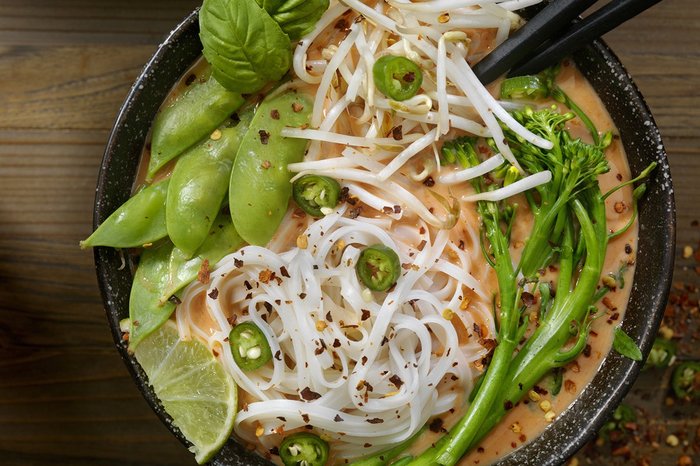
Chinese and Thai
Better choices
Common ingredients include:
- Rice noodles
- Meat
- Eggs
- Fish
which are all suitable for a renal diet.
Choose dishes with lower potassium vegetables including:
- Beansprouts
- Bok choy
- Mange tout
- Spring onion
- Cabbage
- Carrot
Meal ideas include:
- Chinese curry
- Fish or meat in black bean, lemon or szechuan sauce
- Duck in plum sauce
- Low potassium vegetable dishes with soya protein
Foods to limit or avoid
Dishes such as egg fried rice are higher in phosphate and this should be considered if choosing other high phosphate foods.
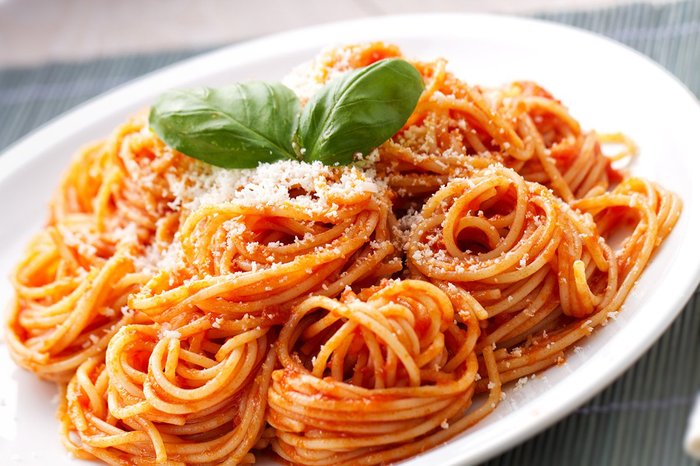
Italian
Better choices
Suitable options for starters include:
- Garlic bread
- Bruschetta
- Gnocchi
Main dishes based on creamy tomato pasta dishes with meats or fish can make a suitable option.
You can ask for a pizza with less tomato (many restaurants do provide this).
When choosing desserts, small amounts of ice-cream/gelato can be included however this should be counted in your total daily fluid intake.
Foods to limit or avoid
If choosing dishes containing tomato, try and limit other high-potassium ingredients at the same meal. For example, a pizza with mushroom will have more potassium than one with ham and pineapple.
Dessert options containing or combining coffee or chocolate, like tiramisu, may be best to limit.
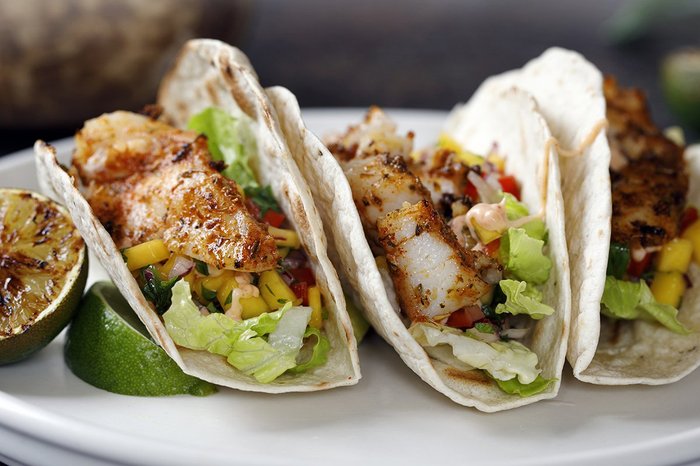
Mexican
Better choices
Suitable starter options include:
- Tortillas
- Jalapeno poppers
- Chicken quesadilla with dips such as onion dip or sour cream
For main meal ideas, dishes based on meats or fish such as:
- Fajitas or tacos
- Tortillas
- Burrito
- Tamale
Vegetarian options with mixed beans can be combined with rice or tortillas rather than potatoes to moderate the potassium content. A good option is a bean chilli with rice or a wrap.
For dessert, churros with ice-cream or plain doughnuts can be a delicious option.
Foods to limit or avoid
Guacamole or tomato salsa dips are best limited.
Try and avoid dishes containing both meat and beans together.
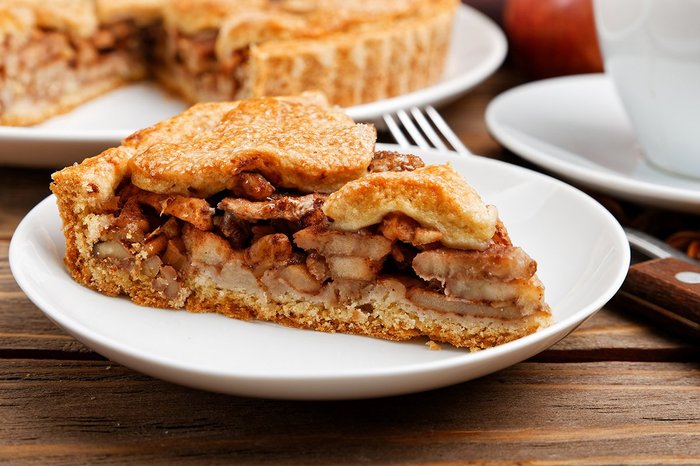
American
Better choices
Lower-potassium starters include:
- Garlic bread
- Onion rings
- Flavoured wings
- Fried pickles
Main options include:
- Meat loaf
- Baked ham
- Meatballs (including soya protein alternative)
- Caesar salad
- Plain meat or vegetable burgers
Dessert options include:
- Apple pies
- Fruit cobbler
- Pancakes (without chocolate syrup)
- Popcorn
Foods to limit or avoid
Try and limit meals combining meat and beans, fried chips and desserts with caramel or chocolate sauces or toppings.
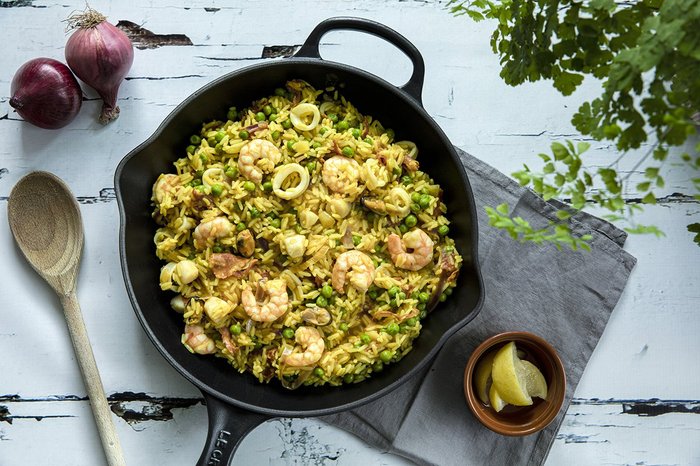
Spanish
Better choices
Tapas and main dishes lower in potassium may include:
- Potato croquettes (boiled rather than steamed)
- Spanish omelette
- Fish dishes such as prawns, squid or calamari
- Olive tapenade
- Paella
Lower-potassium deserts can include:
- Churros (without chocolate or caramel sauce)
- Ice-cream
- Sorbet
- Cheesecake
Foods to limit or avoid
To moderate your potassium, limit dishes such as stews and those based on concentrated tomato and potato such as patatas bravas (potatoes in tomato sauce).
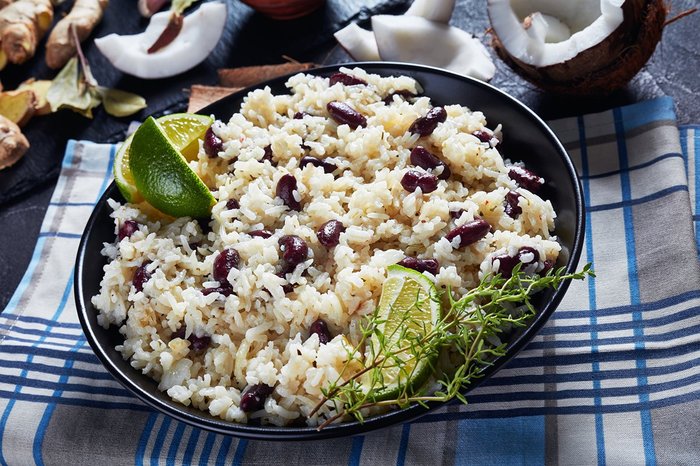
Caribbean
Better choices
Lower-potassium main dishes include:
- Rice and peas
- Patties
- Marinated meats and fish, although it may be best to avoid dishes which contain both
Lower-potassium dessert options include:
- Biscuits and wafers
- Sugar dumplings
- Plain or cream cakes
Foods to limit or avoid
Dishes containing tinned meats or fish (including dried fish) will be higher in salt and should be avoided.
Vegetable dishes made up of baked, fried or steamed vegetables will be high in potassium and should be limited.
Desserts based on coconut or banana may be best avoided as these will very high in potassium.

What about fast food/takeaways?
Better choices
Starters:
- Garlic bread (without cheese)
- Spring rolls
- Chicken wings
- Barbecue ribs
- Dough balls
- Tortilla chips
- Wraps
- Rice/corn cakes
Main meals:
- Plain rice/noodles dishes
- Curries (that don’t contain high potassium vegetables)
- Chicken
- Lamb
- Pork
- Plain burgers
- Vegetarian burgers
- Battered fish
- Sandwich or baguettes with chicken, beef, pork, eggs or tuna
Small amounts of condiments e.g. ketchup, mayonnaise, BBQ sauce, garlic dips.
Desserts:
- Ice cream
- Apple pie
- Plain biscuits/cakes
- Waffle
Foods to limit or avoid
Starters:
- Breaded mozzarella sticks
- Breaded mushrooms
- Dough balls with added cheese
- Mushroom based dishes
Main meals:
- Sandwiches/baguettes with cheese, bacon or shellfish
- Panini or sandwiches with both cheese and meats i.e. bacon and brie
- Triple sandwiches/wraps
- Shellfish based dishes
- High potassium vegetables e.g. mushrooms, sweetcorn, tomatoes
- Cheese fillings and toppings e.g. pizza
- Salty meats e.g. donor kebabs
- Potato snacks such as crisps
- Chips
- Chicken nuggets
Desserts:
- Carrot cake
- Milkshake
- Hot chocolate
- Biscuits and cakes containing chocolate, nuts or dried fruit
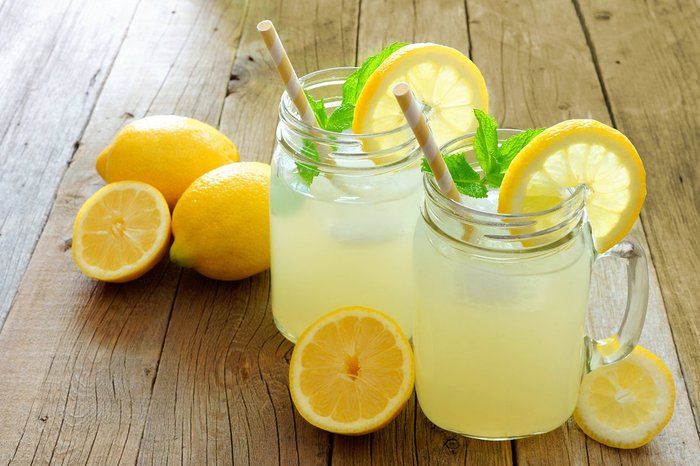
What about alcohol and soft drinks?
Drinking alcohol in moderation is generally safe, even if you have CKD. If you have been advised to limit your fluid intake, alcohol must be counted within your prescribed fluid allowance.
If you have diabetes and CKD, alcohol may be safe to drink if you have your blood sugar level under control.
Always check with your doctor or renal dietitian to make sure it is safe for you to drink alcohol. It is recommended any alcohol you do have is drunk with food.
Better choices
Alcoholic:
- Spirits, for example gin, vodka, whisky, brandy
- Mixers including lemonade and tonic water
- Specialist spirits, for example Saki, Sangsom, Tequila, Ouzo, Limoncello, Cointreau and Schnapps
- One small (125ml) glass of dry white wine, white wine spritzer, sparkling white wine or rosé wine
- Half pint of lager, beer or low alcohol lager or shandy
- Fortified wines including sherry, port or vermouth
- Cream liqueurs, including Baileys
Soft drinks:
- Lemonade, orangeade, cherryade, ginger beer or ginger ale
- Fruit squash or cordial
- Tonic or sparkling water
Foods to limit or avoid
Alcoholic:
- Stout, ale, bitter and cider
- Red or sweet white wine
Soft drinks:
- Fresh fruit juice or fruit juice based drinks, for example J20, smoothies etc
- Cola drinks including Coca Cola and Pepsi (and diet versions)
- Soda water
- Sports drinks, for example Lucozade Sport or Powerade
Where can I find more information about kidney-friendly food?
Kidney Kitchen is Kidney Care UK's free online resource of delicious, kidney-friendly recipes and information, approved by the British Dietetic Association’s (BDA) Renal Nutrition Specialist Group.
For specific advice about eating out with kidney disease, always speak to your doctor or dietitian.